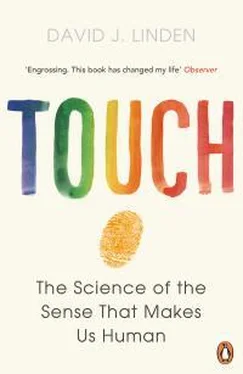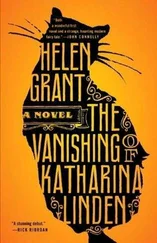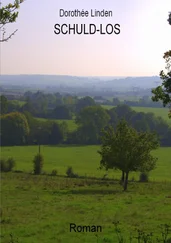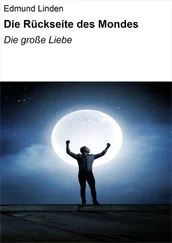The NPPB-expressing neurons that innervate the skin fall into at least two categories. Most of them bear the receptor MrgprA3 on their surface, but some do not (figure 7.2). When the axons of MrgprA3-containing neurons were traced, it was found that they terminated in the epidermis of the skin, but not in the viscera, muscles, or joints, just as we would expect for dedicated itch sensors. When a complicated set of genetic manipulations was performed in mice to enable the experimenters to selectively activate MrgprA3-expressing neurons in the skin, itch responses but not pain responses were observed. (Mice scratch in response to itch but rub in response to pain.) This result argues that MrgprA3-expressing sensory neurons convey itch but not pain information. When MrgprA3-expressing neurons were selectively destroyed, mice had no deficits in pain, temperature, or light touch sensation. However, they did have severe deficits in all forms of itch sensation tested. Importantly, however, the deficits were not total: In particular, significant responses to histamine remained, presumably carried by a population of MrgprA3-lacking itch neurons. 10
Taken together, the NPPB and MrgprA3 manipulations in mice that we’ve discussed indicate strongly that there is at least one set of dedicated neurons for itch: NPPB- and MrgprA3-expressing cells. It is possible that there are additional itch-specific neurons as well. It is also probable that there are at least some neurons that convey both pain and itch information and that they may encode these sensations with different patterns of firing. In sum, experimental evidence reveals that there is clearly at least one labeled-line pathway for itch, but we cannot rule out the role of pattern decoding in itch sensation.
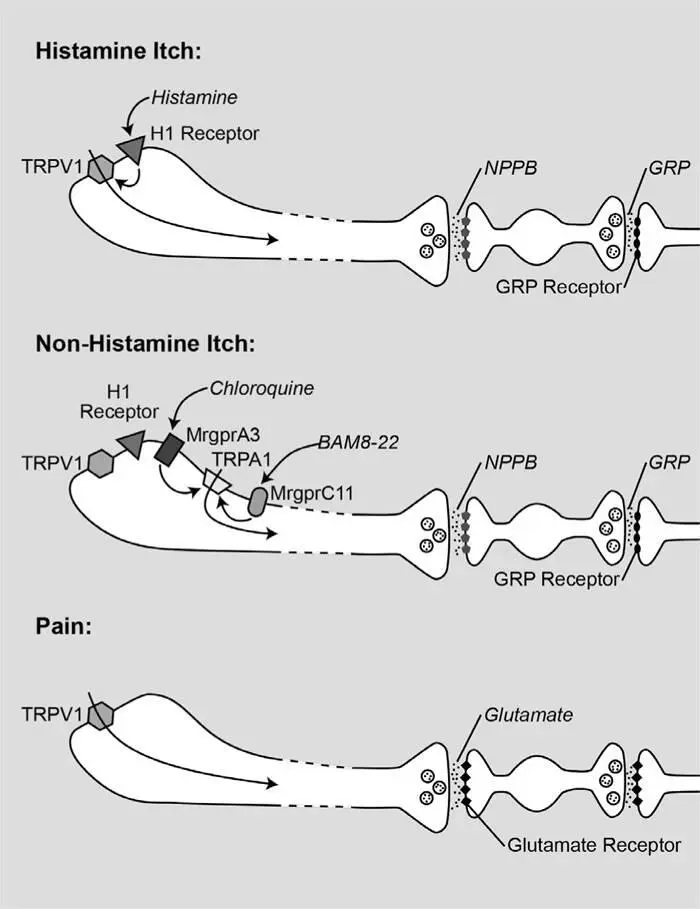
Figure 7.2Two different C-fiber pathways for itch and their comparison to pain. The neurotransmitter NPPB appears to be specific for itch neurons. In contrast, pain neurons release glutamate to signal to neurons in the dorsal horn of the spinal cord. The spinal neurons that receive NPPB itch signals have NPPB receptors and in turn release a rare neurotransmitter called GRP onto the next neurons in the chain of transmission. Deleting neurons with GRP receptors blocks itch sensation but not pain or light touch, suggesting that this labeled line for itch may be maintained across two synaptic connections. 11Itch neurons can be divided into at least two categories: those neurons that have the chloroquine receptor MrgprA3 and primarily transduce nonhistamine itch, and those that do not but have histamine receptors and transduce histamine itch. Histamine receptors excite the nerve terminals by opening the ion channel TRPV1, while the receptors for chloroquine and BAM8-22 open the ion channel TRPA1. 12This diagram is a general scheme only. There are likely to be more populations of itch neurons than those shown here. Also, synaptic interactions between these streams of information in the spinal cord are poorly understood at present.
What do these results mean for our fundamental neurophilosophical question? The conformation of a labeled line for itch is certainly consistent with itch being unique and qualitatively distinct. That said, we don’t yet know what happens to that stream of itch information on the way to the brain. It is almost certainly blended with other touch sensations to some degree, potentially degrading its specificity. In the end, perhaps the clearest guide is our human experience: There is a unique word for itch in almost every language studied to date.
On the practical side, identification of itch-specific receptors and neurotransmitters opens the door to new itch-reducing therapies. In the future it may be that choloroquine treatment for malaria will be given together with a second drug that blocks MrgprA3. Because many types of itch are not effectively relieved by antihistamines or other anti-inflammatory drugs (like steroids), they might be effectively treated by novel drugs that selectively block MrgprC11 or NPPB receptors or GRP receptors. As always in drug development, there will be hurdles. For example, NPPB has an important signaling function in the heart, and so NPPB receptor antagonists might have cardiac side effects that make them unsuitable as itch-controlling therapies.
“Happiness is having a scratch for every itch.”
—Ogden Nash
It feels so good to scratch an itch. Even when we know that the itch will return even stronger after the scratching has ceased, most of us can’t help but do it repeatedly. Itch is so compelling, and the relief of itch is so satisfying, that itching is now used in everyday speech to mean “strong urge.” In the lyrics of the song “Hesitating Beauty,” Woody Guthrie wrote, “Well I know that you are itching to get married, Nora Lee / And I know I am twitching for the same thing, Nora Lee.” We understand precisely what he means, as itch is an apt metaphor for unconsummated longing. 13
In one unpleasant experiment, volunteers were treated with spicules of the cowhage plant, which induce an intense itch sensation. Cowhage spicules were applied either to the forearm, the ankle, or the back, and these sites were then scratched by the experimenter using a small brush. Every thirty seconds the subjects had to rate the intensity of the itch and the pleasure produced by scratching it. What the experimenters found was that scratching the back was the most effective in reducing the perception of itch but that scratching the ankle was the most pleasurable sensation. 14
Why does scratching temporarily relieve itch sensation? We don’t entirely know. One theory holds that our perception of itch is dependent upon a balance of itch and pain signals that converge at some location in the spinal cord; when we scratch, we produce mild pain that competes with the itch sensation and thereby reduces it. Pain from a pinprick, electrical stimulation, or noxious heat or cold can also serve to relieve itch. However, it seems that in some cases even light scratching that is below the threshold for pain can relieve itch.
A related theory holds that when a very localized stimulus on the skin occurs, like that produced by the legs of a small insect, it can activate itch sensory neurons, and that this local sensation passes through the spinal cord to the brain unmolested to evoke itch sensation. However, when that region is subsequently scratched, activating touch sensors over a wide area of skin, it engages inhibitory circuitry in the spinal cord that attenuates the passage of itch sensation to the brain. 15It may be that we have been wired by evolution to have small, localized skin sensations feel itchy in order to evoke the scratching reflex and reduce our exposure to insect-borne toxins and infection. 16
It’s well-known that opiates like heroin and oxycodone can trigger intense bouts of itching. Heroin users will often praise a particularly itchy batch of the drug, based upon the correct idea that itchiness and psychoactive potency are related. Drug counselors and probation officers have learned to be alert for scratching as a sign of chronic opiate use. Opiate-triggered itch also occurs in a clinical setting: About 80 percent of patients treated with opiates for pain relief experience itching, which occurs even if the opiate is injected directly into the fluid surrounding the spinal cord, minimizing its direct effects on the brain and the sensory nerves.
For many years it was thought that opiate-triggered itching was a secondary effect of pain relief. The underlying concept was that if pain and itch signals converge and compete in the spinal cord, then blocking pain signals will tilt the balance of power toward itch. This completely reasonable hypothesis turned out to be dead wrong. Opiate-induced analgesia and opiate-induced itching are completely separate phenomena. One set of neurons located in layer II of the spinal cord dorsal horn receives pain signals and expresses the mu-opioid receptor. When opiates like heroin bind the mu-opioid receptor, the propagation of electrical signals to the brain is blocked, thereby producing pain relief. (Opiates mimic the natural action of endorphins released by the descending pain-modulatory system.) A separate set of neurons in the spinal cord resides in spinal dorsal horn layer I and receives itch signals relayed by the neurotransmitter GRP. These itch-signaling neurons express a hybrid receptor in which one part is a receptor for GRP and the other part is a special type of the mu-opioid receptor called MOR1D. When you take an opiate, the analgesia and itching are produced simultaneously but are mediated by separate receptor molecules and separate neural circuits in the spinal cord. The good news is that it will likely be possible to produce a combination of therapeutic drugs or a new derivative of morphine that would relieve pain without producing itch. 17
Читать дальше
